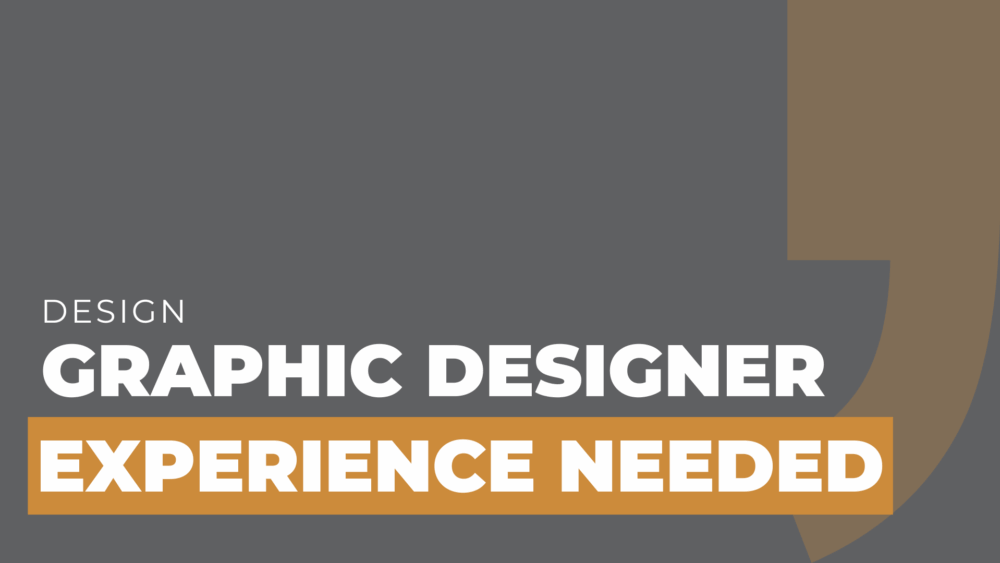Breaking into the field of graphic design can seem intimidating, but what graphic designer experience is needed to get started?
In graphic design, experience is often gained through a blend of technical training and hands-on projects that allow you to hone your skills and showcase your creativity.
Let’s explore the experience needed and how you can stand out in this competitive field.
What Practical Experience is Essential for Becoming a Graphic Designer?
Graphic designers work across a wide range of industries, and practical experience is your secret weapon for standing out.
But what does “practical experience” mean?
Whether it’s creating a flyer for a local charity event or designing a logo for a startup, every project builds your portfolio and expands your knowledge.
What’s most important is that your work demonstrates your ability to take ideas and turn them into visuals that solve real-world problems.
Even if you haven’t had a formal job in design, freelance projects, internships, and volunteer work can offer you the technical training needed to thrive.
In fact, some of the best graphic designers start out small, like designing social media graphics for friends or mock-up websites for local businesses.
The key is consistency and growing your experience one project at a time.
How Important is a Portfolio in Landing a Graphic Design Job?
Think of your portfolio as your story; it tells potential clients or employers who you are as a designer.
A great portfolio is needed to show both the work you’ve done and the diversity of your skills.
Many employers require this because they want to know you can tackle any design problem they throw your way.
Your portfolio should be polished and diverse.
Whether you’re skilled in digital design, print layouts, or logo creation, each project should highlight your creativity and problem-solving abilities.
And remember, a strong portfolio doesn’t need to be packed with hundreds of pieces.
In fact, a few thoughtfully curated examples of your best work are more impactful than a scattershot collection of everything you’ve ever created.
What Design Software Should Graphic Designers Master?
Success as a graphic designer hinges on your proficiency with key design software.
Programs like Adobe Photoshop, Illustrator, and InDesign are non-negotiables in the industry.
Mastering these tools is like learning how to cook; each software has its own flavor and best use, and knowing how to wield them makes you versatile.
For instance, Adobe Illustrator helps you create scalable vector graphics, making it ideal for logos or large-format designs.
Photoshop, on the other hand, is your go-to for photo editing and image manipulation.
But don’t stop there; if you’re interested in web or app design, tools like Figma can open doors to exciting interactive projects.
Is Formal Education Necessary, or Can You Succeed as a Self-Taught Graphic Designer?
While formal education is a path some choose, many successful designers have carved out their careers through self-study and real-world experience.
A degree in graphic design may help you get your foot in the door, but it’s not the only way to gain the skills needed.
Technical training in graphic design through boot camps, online courses, or even YouTube tutorials can be just as valuable, especially when paired with hands-on projects.
Take Sarah, for example, an Atlanta-based designer who started out designing flyers for local bands.
Without a degree, she built her portfolio one project at a time, eventually landing gigs with larger companies.
Today, she’s an expert in both print and digital design, all thanks to her determination to learn the craft on her own.
At the End of the Day
Becoming a graphic designer is about growing your skills and gaining experience that you can showcase.
Whether you choose the self-taught route or formal education, your portfolio is your ticket to success.
By mastering the right tools and continuously building your experience, you’ll open the door to endless opportunities in this creative field.
Remember, your journey can start with one project that sparks your passion for design.


Comments are closed.